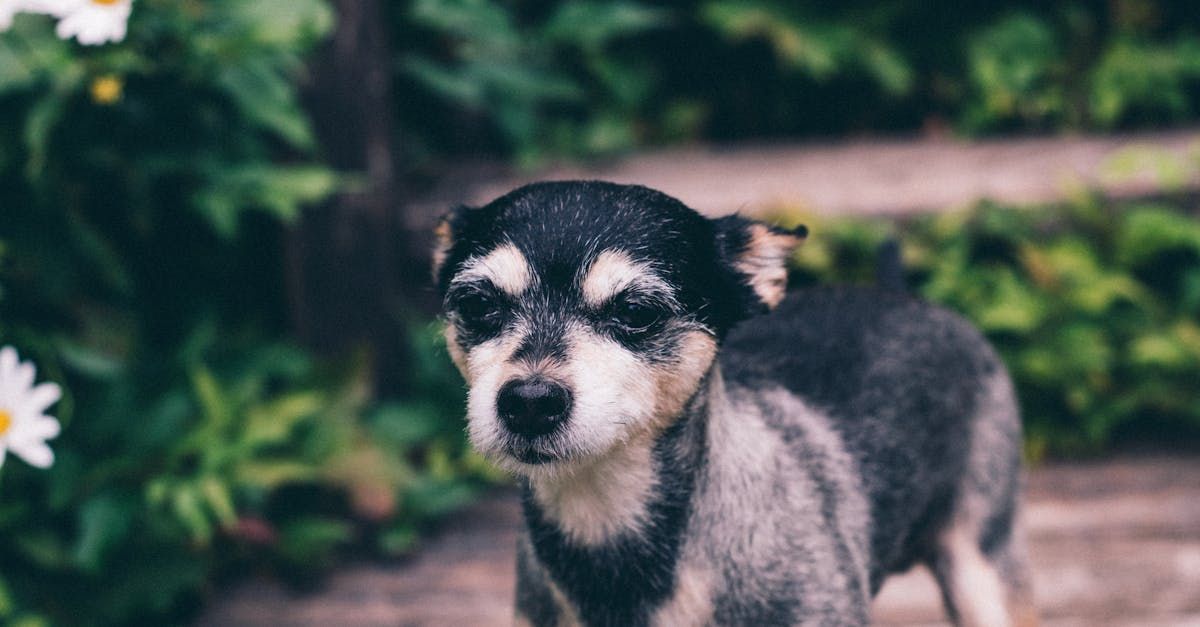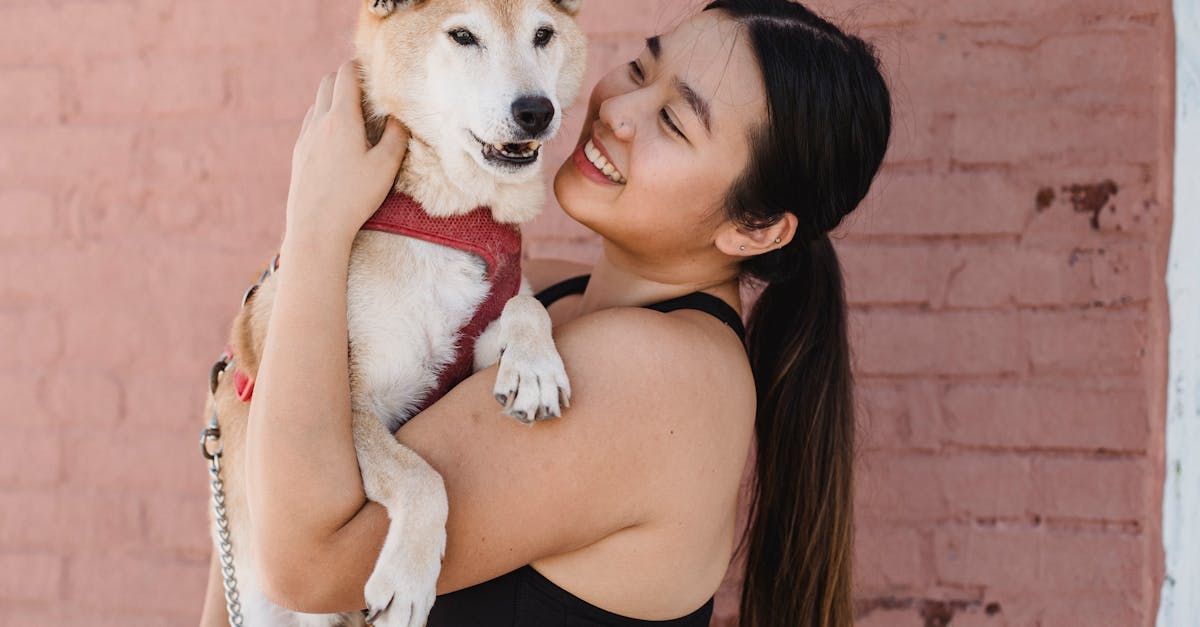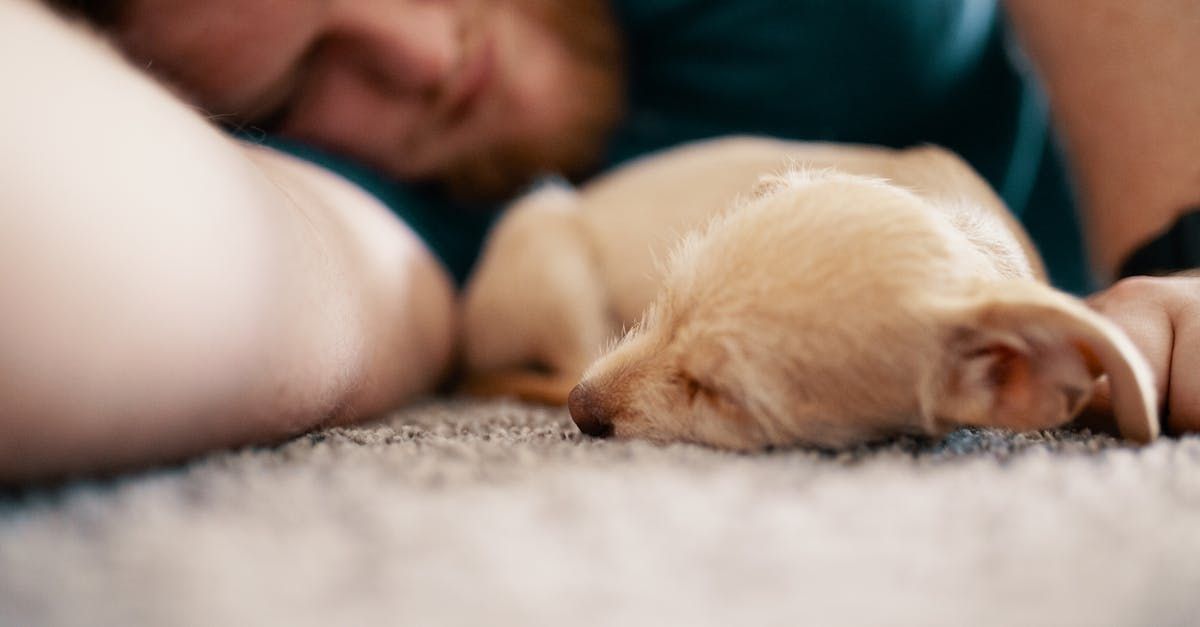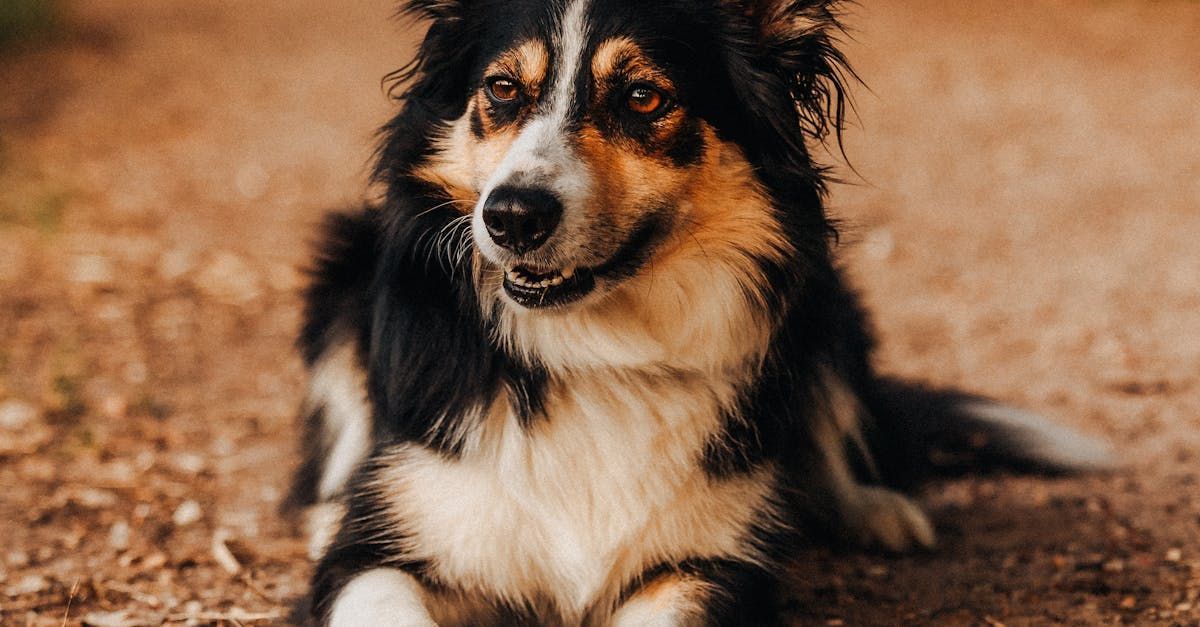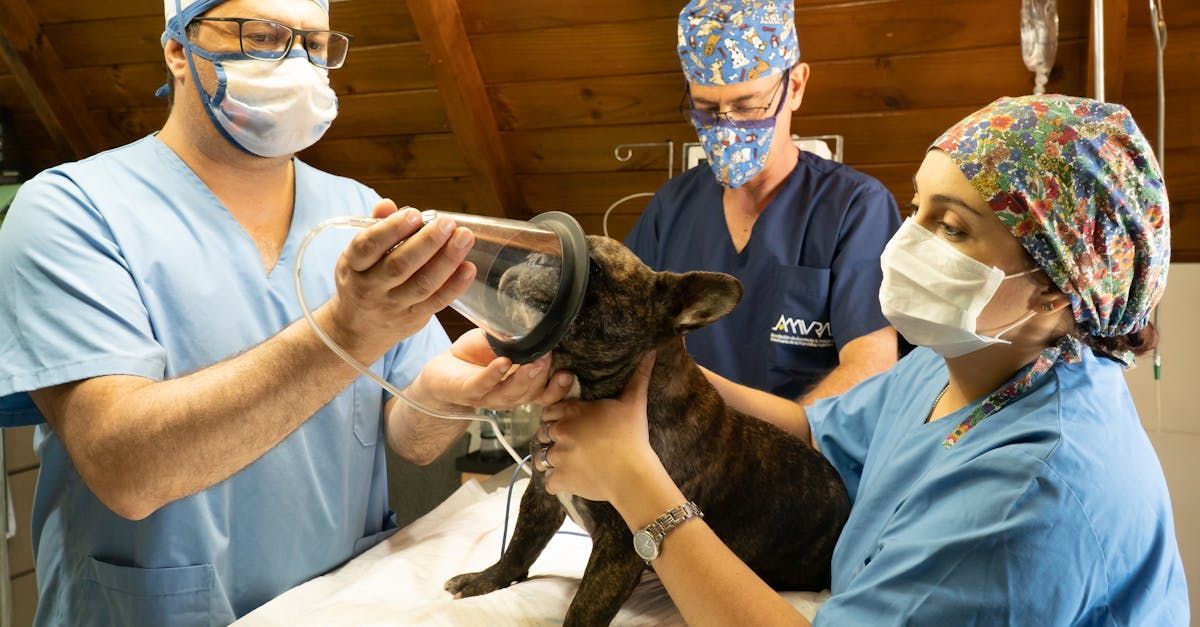Flea Control for Dogs and Puppies
Methods of Flea Control and the Importance of Prevention
Fleas are more than just a nuisance; they can pose serious health risks to dogs and puppies. Effective flea control is essential for maintaining your pet's health and comfort. Whether you're bringing a new puppy home, adopting a rescue dog, or managing an existing pet, understanding flea prevention methods and the implications of neglecting flea control is crucial. Here’s a detailed guide on flea control, various methods, and what to consider.
Understanding Fleas and Their Impact
Fleas are small, wingless insects that feed on the blood of mammals, including dogs and puppies. They can cause a range of issues, including:
- Itching and Discomfort: Flea bites lead to itching, scratching, and general discomfort for your dog.
- Skin Infections: Persistent scratching can cause skin infections and hot spots.
- Flea Allergic Dermatitis: Some dogs are allergic to flea saliva, resulting in severe itching and inflammation.
- Anemia: In severe infestations, fleas can cause anemia due to blood loss, especially in puppies and small dogs.
- Tapeworms: Fleas can transmit tapeworms, as dogs can ingest fleas while grooming themselves.
Flea Control Methods
Effective flea control involves a combination of treatments to manage existing infestations and prevent future ones. Here are the primary methods:
Topical Treatments:
- Description: Applied directly to the skin, usually between the shoulder blades. They spread over the dog's body to kill fleas on contact.
- Examples: Frontline Plus, Advantage II, Revolution.
- Advantages: Provides fast relief and can also prevent other parasites like ticks and mites.
- Considerations: Reapply as directed, usually monthly. Ensure the product is suitable for your dog’s age and weight.
Oral Medications:
- Description: Flea pills or chewables that work systemically to kill fleas and prevent infestations.
- Examples: NexGard, Bravecto, Comfortis.
- Advantages: Easy to administer, often provides longer-lasting protection (up to 3 months).
- Considerations: May cause side effects in some dogs; consult your vet for suitability.
Flea Collars:
- Description: Collars infused with flea-killing chemicals that provide protection for several months.
- Examples: Seresto, Hartz UltraGuard.
- Advantages: Long-lasting and continuous protection; also repels fleas.
- Considerations: Ensure the collar is properly fitted and not too tight. Monitor for any signs of irritation as some dogs with sensitive skin may get chemical burns from such collars and a different flea prevention method should be used.
Shampoos and Sprays:
- Description: Flea shampoos and sprays that kill fleas on contact and offer temporary relief.
- Examples: Adams Flea & Tick Shampoo, Vet’s Best Flea and Tick Spray.
- Advantages: Useful for immediate relief and spot treatments.
- Considerations: Often need to be used in conjunction with other treatments for long-term control.
Flea Combs:
- Description: Fine-toothed combs used to physically remove fleas and flea dirt from your dog’s coat.
- Examples: Safari Flea Comb, Hartz Flea Combs.
- Advantages: Non-chemical method that can help in detecting fleas early.
- Considerations: Labor-intensive and doesn’t prevent future infestations.
Environmental Control:
- Description: Treating your home and yard to eliminate fleas and their eggs.
- Examples: Flea sprays, powders, and foggers for indoor use; outdoor treatments for yards.
- Advantages: Helps break the flea lifecycle by targeting fleas in the environment.
- Considerations: Regular vacuuming and washing pet bedding are also important. Ensure any products used are safe for pets and people.
Flea Prevention and Adoption
Checking with Animal Rescues:
- Adopting a Rescue Dog: When adopting a dog from a rescue, inquire about their flea control practices. Most rescues implement some form of flea prevention to ensure the health of their animals. Here at Ruff Ruff Rescue each puppy is given a flea bath and started on preventative flea medication the moment they enter the door.
- Questions to Ask:
- What flea prevention or treatment has been used?
- When was the last treatment administered?
- Are there any follow-up treatments recommended?
Transitioning Your New Pet:
- Continue Flea Control: If the rescue has already applied a flea treatment, continue with the recommended schedule to maintain protection.
- Veterinary Check-Up: Schedule a vet visit soon after adoption to confirm the flea prevention status and discuss ongoing flea control strategies.
The Consequences of Inadequate Flea Control
Health Issues:
- Skin Irritations: Persistent scratching and biting can lead to painful skin conditions.
- Secondary Infections: Scratching can cause open sores and increase the risk of bacterial infections.
- Tapeworms: Fleas can transmit tapeworms, which require additional treatment.
Discomfort and Stress:
- Constant Itching: Fleas cause discomfort and stress, affecting your dog’s overall quality of life.
- Behavior Changes: Discomfort from flea bites can lead to behavioral issues such as aggression or withdrawal.
Cost of Treatment:
- Emergency Care: Severe flea infestations may require more intensive veterinary care and treatment, which can be costly.
- Ongoing Maintenance: Addressing a flea problem once it’s established can be more expensive and time-consuming than regular prevention.
Conclusion
Flea control is a vital aspect of pet care that ensures your dog remains healthy and comfortable. By understanding the various prevention and treatment methods and knowing what to check for when adopting from a rescue, you can make informed decisions to protect your furry friend. Effective flea prevention not only benefits your pet but also helps maintain a healthy living environment for your entire household. Regular flea control, combined with vigilant observation and timely action, will keep your dog free from fleas and their associated problems.




